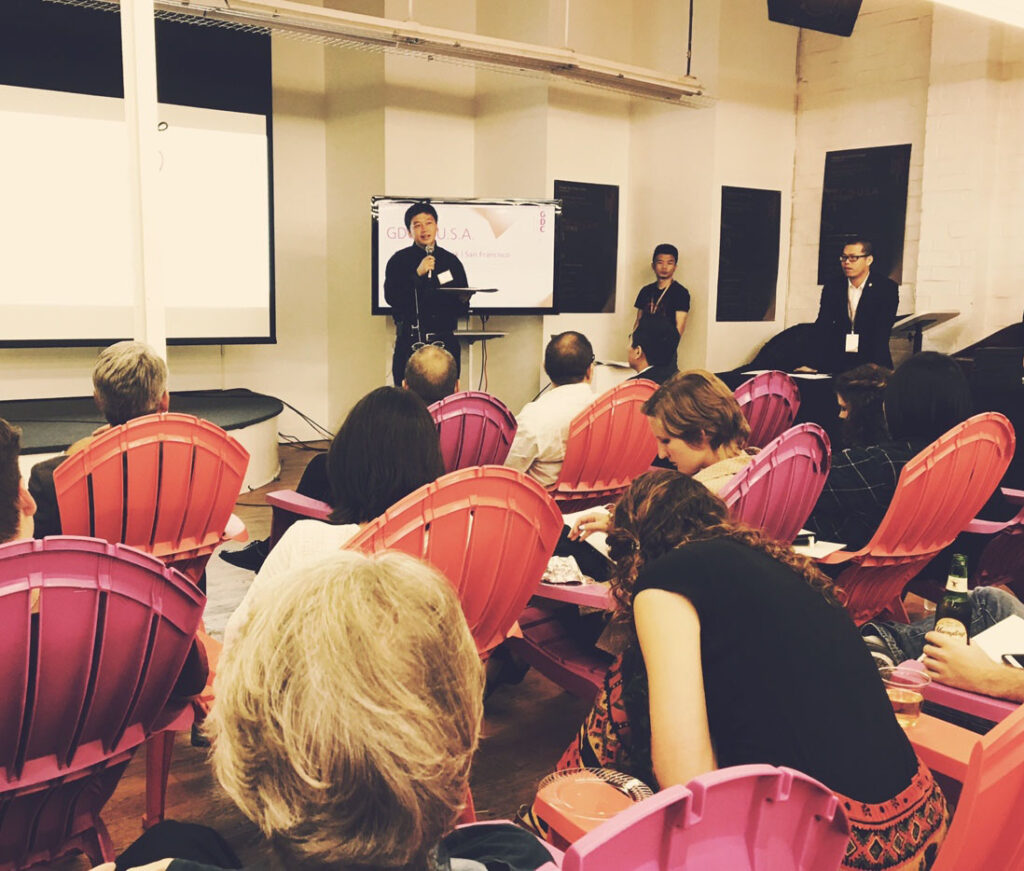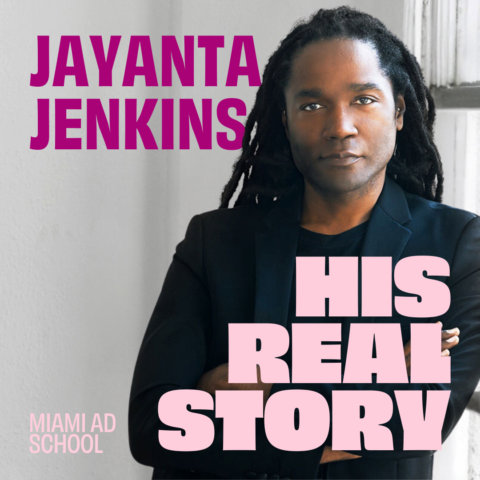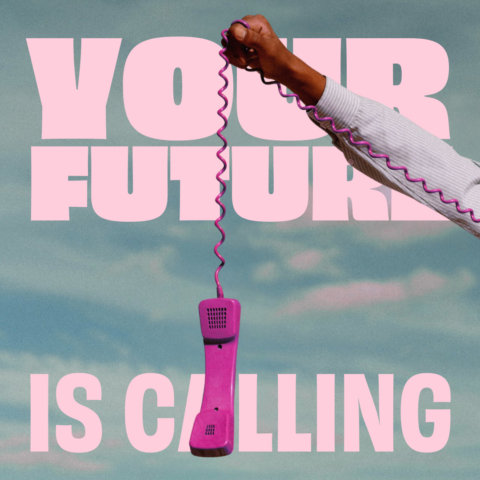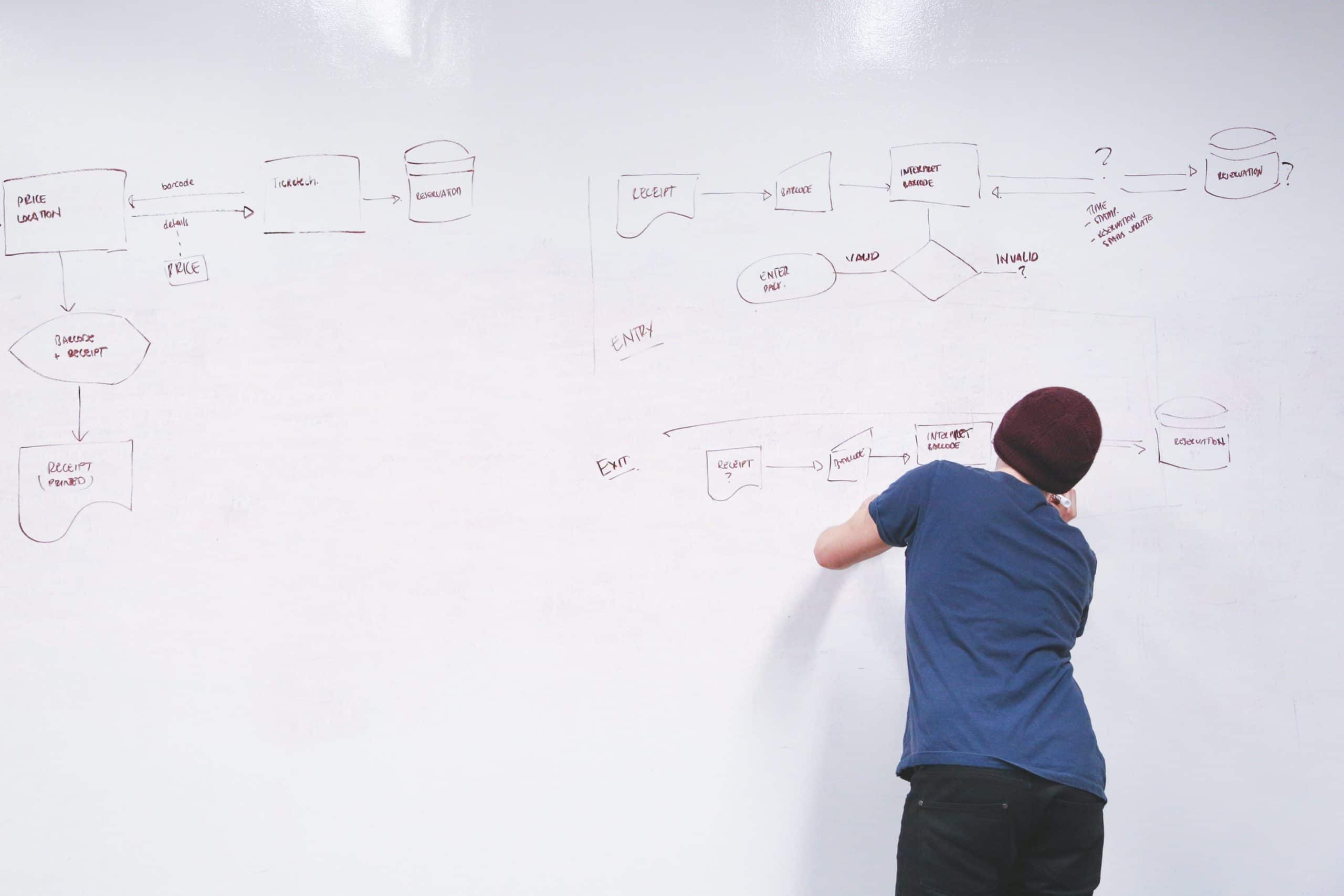
7 Strategic Planning Skills To Land Your Dream Job
So, you want to be a Strategic Planner.
You're looking at an exciting, liberating, creative future—if you can find the right position, at the right company.
Lucky for you, there's never been such high demand for the role. Companies have finally learned the value of having a master Strategic Planner on their side.
But if you want your dream position (at that organization you've always admired) you'll still face fierce competition.
How can you stand out from the pack?
By building the skills that make a difference.
1. Asking (The Right) Questions
“Judge a man by his questions rather than by his answers.”
— Voltaire
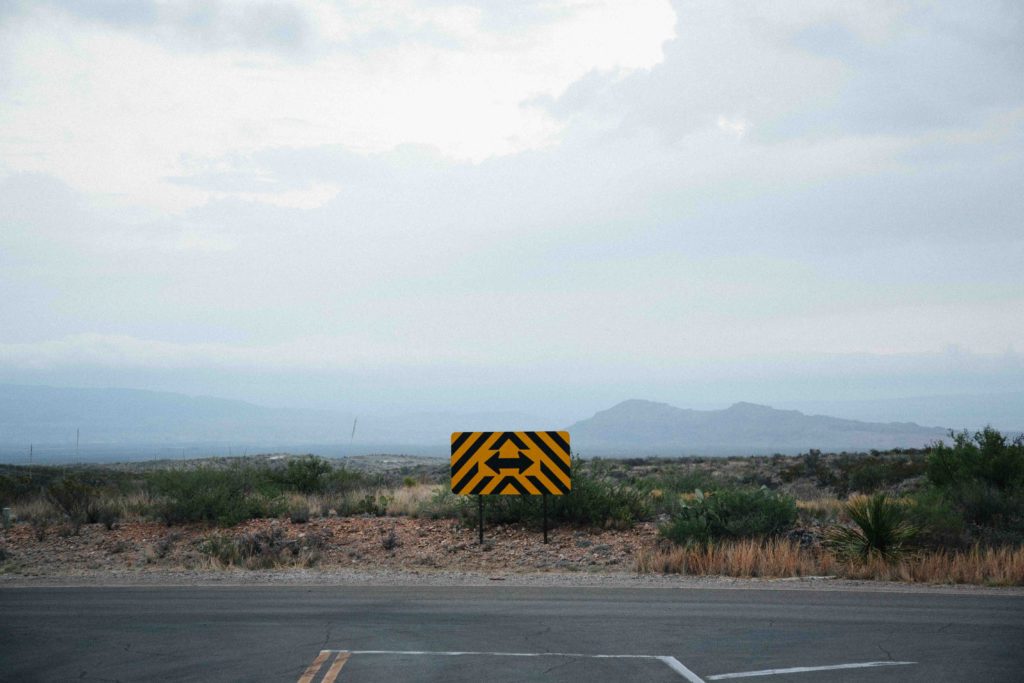
In any given meeting, there are plenty of people who want to be seen as smart and capable. There's often a rush to stake a claim as "the person with all the answers".
But here's a controversial truth: always having answers is not always useful. And not all answers are equal.
Here's the skill to cultivate: be willing to ask questions. Ask questions that may seem dumb, or obvious, or inconsequential. So long as the question comes from a place of genuine curiosity, it's worth asking.
Why? Because we all have biases, and we all have gaps in our knowledge. If we start a project without investigating deeply, we risk missing crucial information...without even knowing it.
Experts call that information "unknown unknowns". It's the questions you might not even think to ask...at first, anyway.
Great questions bring this information to the forefront. They help suss out the "why" of a project—which in many ways is the most important part.
(See Simon Sinek's iconic TED Talk "Start With Why" to learn more).
2. Research & Analysis
"Research is formalized curiosity. It is poking and prying with a purpose."
— Zora Neale Hurston

It starts with questions. Answers come next.
Proper research is about seeking context and pursuing new paths. Once you've done the work of uncovering important questions, careful research and analysis can help a team ground their work in the best practices and previous accomplishments of teams that came before. They can also spot potential landmines long before they're hit.
Companies and organizations that treat research as an expendable or unimportant piece of the puzzle often find themselves regretting it later. That's because an investment in research often pays for itself many times over—in grand ideas that might otherwise have been missed, and in problems avoided down the road.
To conduct research, a strategic planner might employ interviews, user testing, social media analysis, and any other number of methods. In the end, that goal is to take in as much valuable stimulus as possible...then connect the dots and distill that information in actionable strategy.
3. A Gut-Feel For Brands
“A brand is a voice and a product is a souvenir.”
— Lisa Gansky
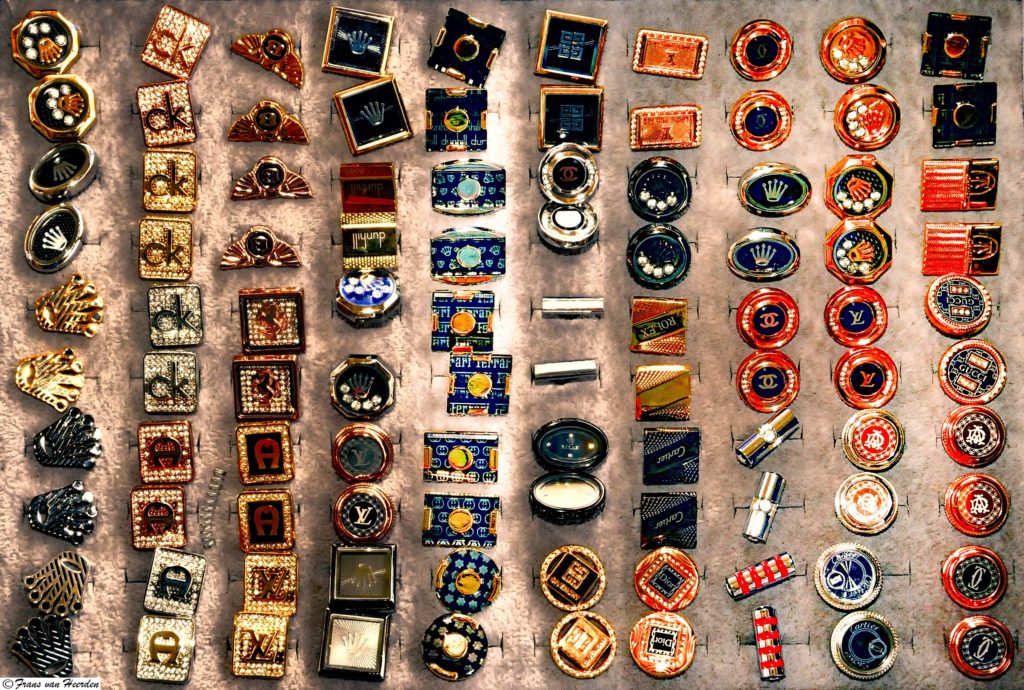
Branding, in a sense, is as old as human interaction. We place meaning on objects and symbols. We use those symbols to communicate value and make sense of a complicated world.
For want of a better example think of fashion—for millennia we've used our choice of clothing as a form of personal branding, to relay messages about our internal values through external aesthetic choices.
Of course, there's more to great branding than aesthetics. And modern branding has taken those ancient rituals to new heights. A truly successful Strategic Planner knows all about that. When they consider a brand, they think holistically. They consider every aspect of their customer-facing position: from the words they use, the channels the communicate in, the symbols they adopt, the ads they run...it goes on.
It's a talent that elevates a strategist's value to the next level. Great brands are built by people with this mindset. And successful companies will pay boatloads of money to make sure those people are on board.
4. Empathy & Human-Centered Thinking
“You can only understand people if you feel them in yourself.”
— John Steinbeck
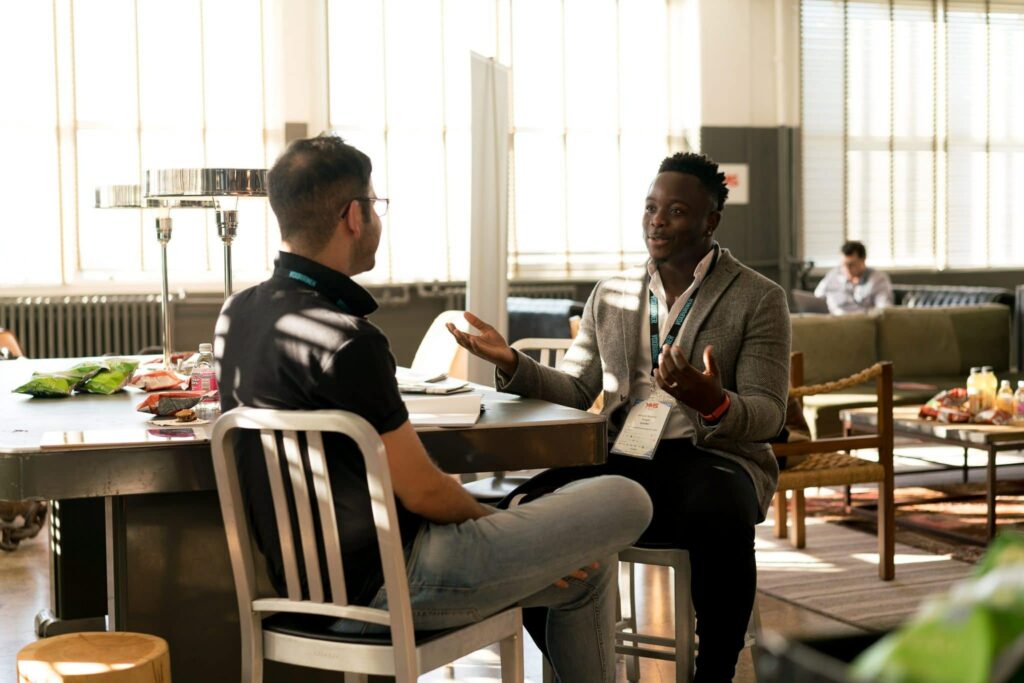
The Strategic Planner should be the voice of the user in the room.
When others on the creative team are pushing for decisions based in finance, big data, or some other business metric...the planner has the job of steering conversation toward the user experience.
Here, there are two sides to the skill.
First, a Strategic Planner must immerse themselves in the world of their users. They should read, watch, play, and listen to media that can inform them as to their target demographic's interests...as well as endeavor to live their experiences. A Strategic Planner for Adidas, for example, might play soccer in a downtown rec league. Anything to better understand.
Secondly, those insights must be brought to bear in important discussions and decisions. All the understanding in the world won't make a difference if the Strategic Planner doesn't work to share their insights into user experience with the rest of the team. When the crack legal squad wants to add some massive ugly disclaimer to the first page of a website, or the executive team thinks they can skip the research phase, it's the Strategic Planner's duty to ask: "what works best for our users?"
5. Forecasting
It’s impossible, that’s for sure. So let’s start working.”
— Philippe Petit
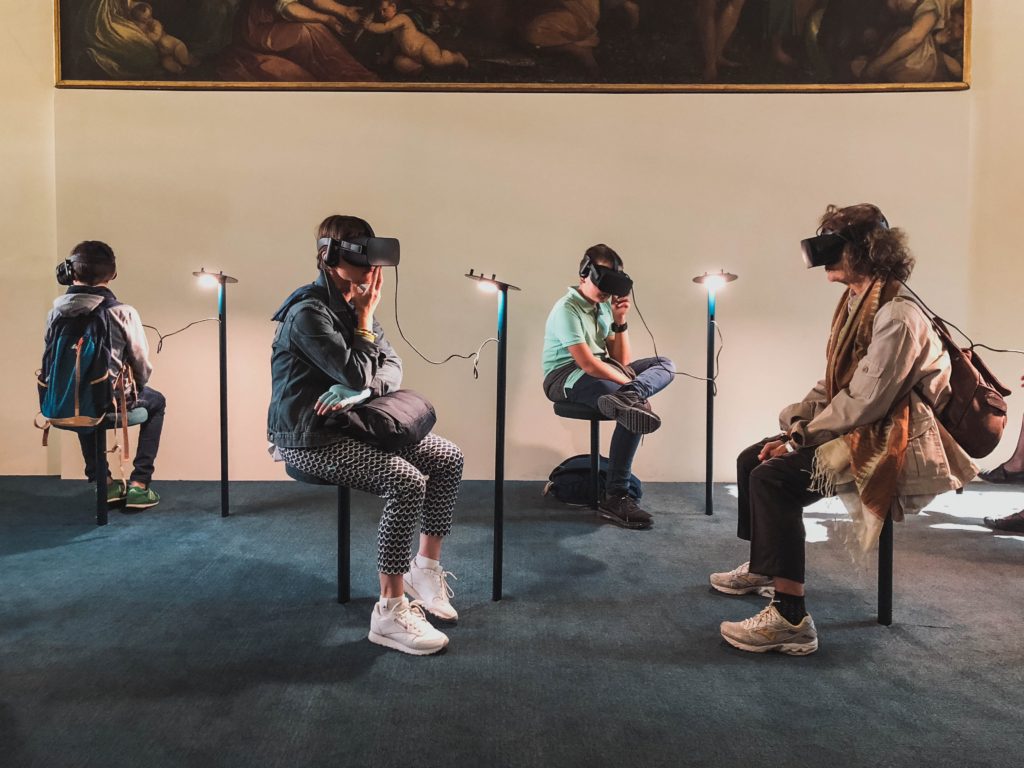
What does the world look like 10 years from now? 50?
OK, that's tough. How about 6 months?
The truth is, looking at the future is never easy. One needs only look at any magazine from even 50 years ago to see that (I mean, where are all the hoverboards??)
A Strategic Planner is constantly trying to get a look at the future anyway.
Foresight is the skill of keeping an eye on social, political, economic, and technological changes in the world today...and how people are reacting to those changes. Good prediction comes from good analysis of the world today. Will AR and VR catch on, the way smartphones changed the world entirely just a decade ago? Will the rising tide of nationalism continue? Questions like that may be crucial to a business's future—often in ways that aren't immediately noticeable.
At the end of the day, a useful strategy is proactive, not reactive. But of course, even the best strategist can't see the future (at least, not yet). Their work doesn't necessarily need to paint a perfect picture of a world we haven't seen yet—but they should always account for the possibility of radical change.
6. Leading People
“Hire people who are better than you are, then leave them to get on with it. Look for people who will aim for the remarkable, who will not settle for the routine.”
— David Ogilvy

Great leaders make the people around them better.
In the creative universe, there’s maybe no more important skill.
Here’s why:
On a strategy project, for example, success often means going off the beaten path.
It might mean exploring new mediums—new channels to the end user.
It might mean employing new strategies, like user interviews over Zoom or rapid wireframing with a new tool.
The point is, it’s a game of constantly adapting.
Who wins? The teams that don’t quit easily. The ones that take new challenges head on, and feel inspired to make truly incredible solutions.
A digital designer who can summon that inspiration is incredibly valuable. Even more so if they can manage the constantly changing dynamics of a high-quality creative team.
It’s not necessarily easily. There can be egos to stroke, grudges to smooth over, politics to navigate...you get the picture.
7. Experiential Marketing
“A brand is no longer what we tell the consumer it is — it is what the consumers tell each other it is.”
— Scott Cook

Some of the skills we've discussed so far are somewhat intangible. Though asking the right questions is undoubtedly important, it might not show up on a resume. A talent for Experiential Marketing is a different animal all together.
What is experiential marketing? Think Jones Soda.
Chances are you know Jones—they're the soda in every Starbucks with the fun, Insta-style photos on the label. Only you might say that Insta is like Jones, since Jones got there first.
Those images are a perfect example of experiental or engagement marketing at its highest level. Each one is sent in by a customer. They're featured on rotation. The result? A cult brand that maintains a constant dialogue with its customers—and a perpetual marketing campaign to boot.
Leading companies, organizations, and even non-profits are figuring out just how powerful this form of marketing can be. It's like a grass-roots political campaign: all the money and high-profile advertisements in the world can't replace the power of inspired and motivated superfans.
Strategists who can help their teams tap into that power? They'll find themselves with a very, very bright future.
Learn About Your Career Options.
Talk to an Admissions Advisor.
